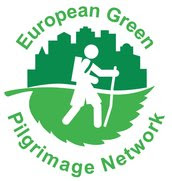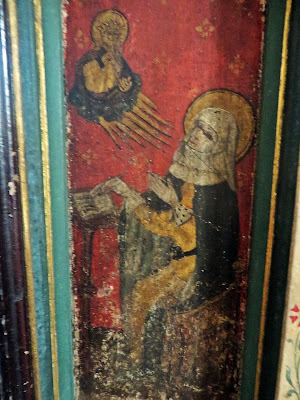Making Connections..........

Sometimes, doing pilgrimage professionally gets one's nose too close to the grindstone. Paying close attention to routes, history, accessibility and a host of other things it is easy to lose focus. Busy! Busy! I was in danger of losing it last month. Then Wasingham. A welcome. Cups of tea and pieces of cake. "Pilgrimage is all about connecting ." said Mgr. John Armitage to delegates visiting as part of last month's Interreg Green Pilgrimage Conference. He had it in a nutshell! Good to connect with you Fr. John! Green Pilgrimage has to be as much about connecting with landscapes and the natural world; as with making contact with to the past on well trodden paths to pilgrim places. For a pilgrim, making such connections can never be ends in themselves, they are ways to connect with deeper reality. Describe deeper reality as you will - the spiritual, one's higher power, God, or gods. Deeper reality ...


